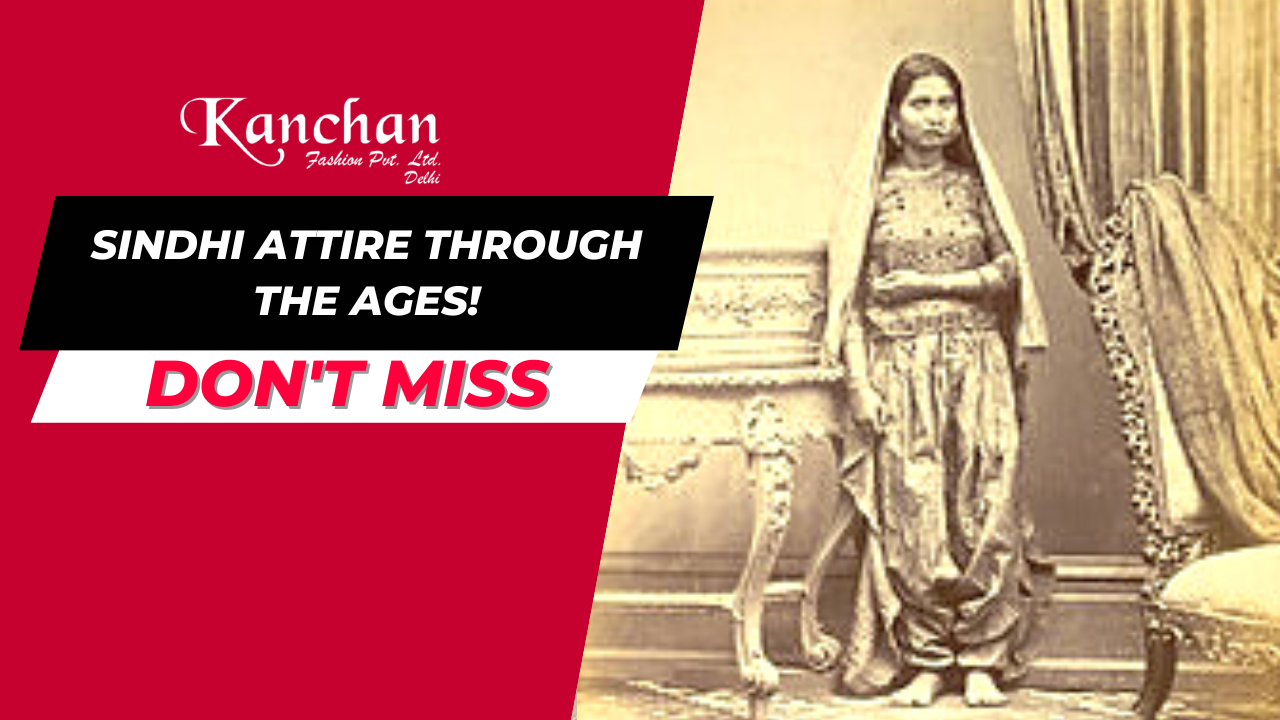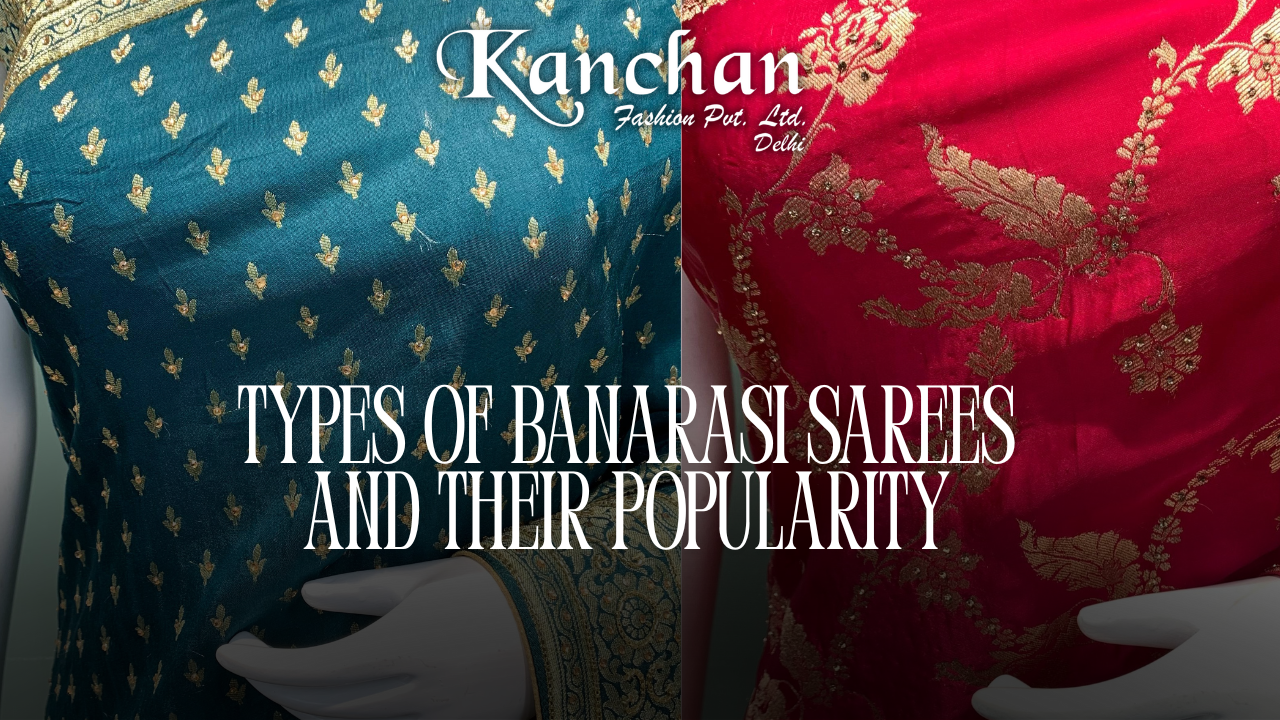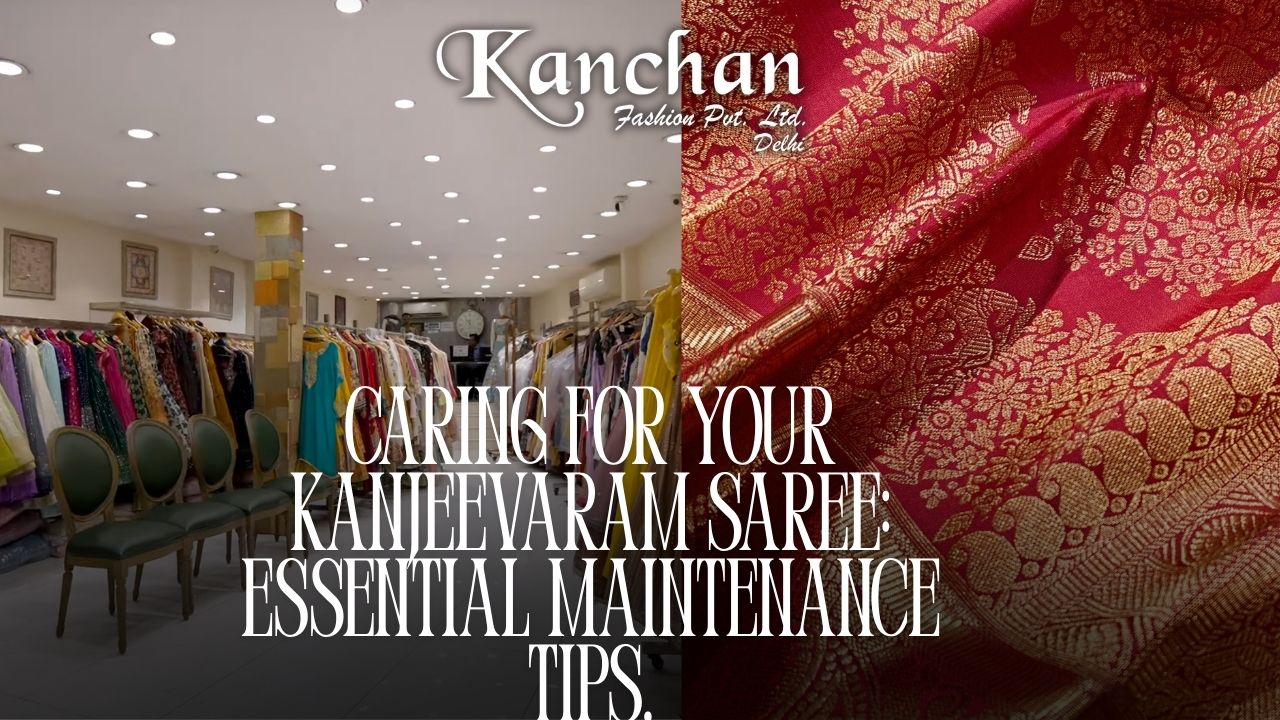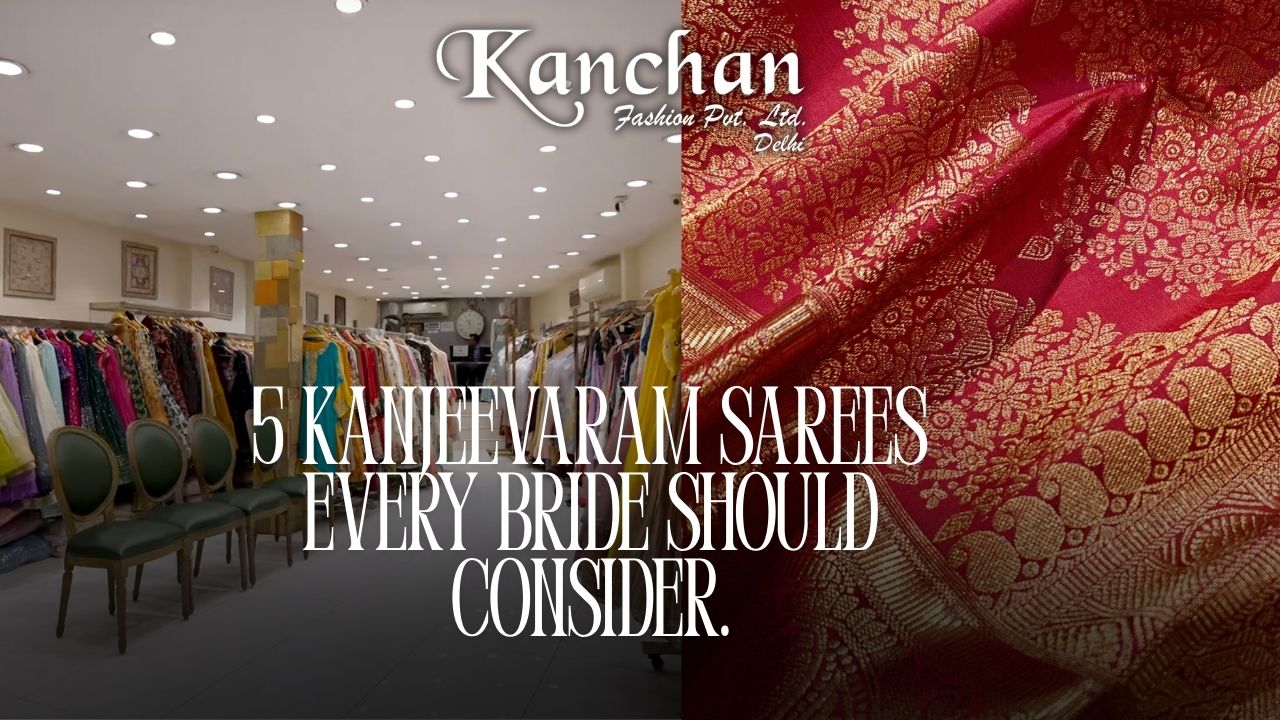Introduction
Sindhi attire, like the culture itself, has evolved over the years, reflecting the changing times and preferences of its people. In this blog, we'll take a journey through the fashion history of Sindhi clothing, exploring the unique garments worn by both men and women in this vibrant community.
Women's Attire: A Century Ago
In the early 1900s, a typical Sindhi woman, particularly those past middle age, adorned themselves in distinctive attire.
The CHOLO and PARO Ensemble
- The quintessential outfit consisted of a white cotton shirt known as "CHOLO."
- Paired with a thick, white or red lower garment called "PARO," featuring intricate black-block prints and extending down to the feet.
- Head coverings comprised a thin muslin scarf known as "RAWA," larger than today's dupattas, and worn indoors as well.
For the Younger Generation:
- Younger women preferred satin, velvet, or amber pyjamas known as "SUTHAN," both at home and when venturing outside.
- They also donned a long skirt called "JABLO," paired with a thick poplin blouse known as "KOTI" and a white RAWA.
- Middle-aged and younger ladies opted for "SORHI SUTHAN" or Salwar Kurta, complemented by comfortable slippers known as "SAPATO."
- Elderly affluent women often draped themselves in a white sheet known as "CHAADAR," with only a cleverly designed peephole called "AKHIRI."
Elegance at Social Occasions:
- Sindhi women were known for their elaborate coiffures when attending special social events, weddings, or receptions.
- They adorned themselves with opulent gold jewelry, often studded with diamonds, to complete their look.
Changing Tides: In recent times, there has been a gradual shift in Sindhi women's fashion preferences, especially in smaller towns, with many opting for the comfort and elegance of sarees and the ever-popular salwar kameez.
Men's Attire: A Glimpse into the Past
The traditional attire of Sindhi men showcased a unique blend of cultural heritage and practicality.
Dhoti, Jamo, and Paghri:
- Sindhi men of the past predominantly wore the "dhoti," a versatile lower garment.
- This was often paired with a "jamo" (upper garment) and the iconic "achi pagirhi" or white paghri (turban).
- Among specific communities like the Brahmins, Bhaibunds, and vyaparis, the dhoti was particularly popular.
- Regardless of the attire, the "pagirhi" or turban was an essential accessory for every Sindhi man.
- Some individuals even incorporated coats like "sherwanis" with gold or rolled golden buttons, typically made from black elpac cloth, into their ensemble.
Conclusion
Sindhi attire has witnessed a fascinating evolution over the years, mirroring changing fashion trends and cultural shifts. From the traditional CHOLO and PARO ensemble to the contemporary sarees and salwar kameez, Sindhi women have embraced a wide range of styles. Similarly, Sindhi men have balanced tradition and practicality with the dhoti, jamo, and the iconic paghri. This journey through Sindhi fashion reveals not only the community's rich heritage but also its adaptability to modern times.









